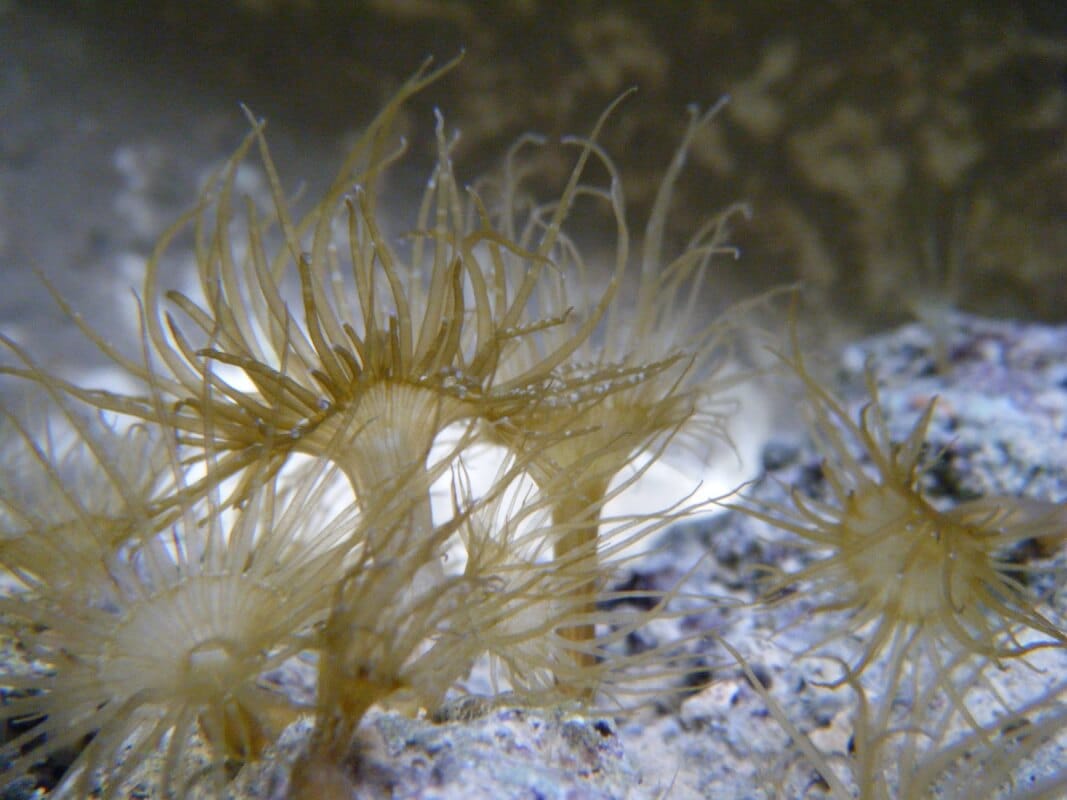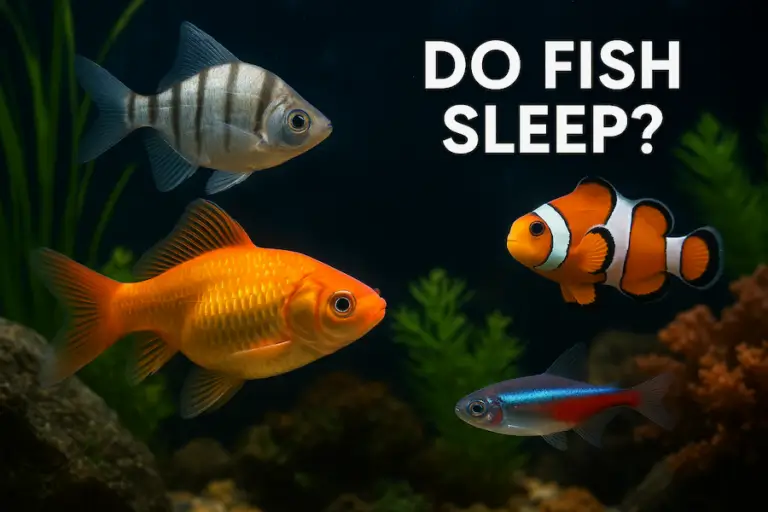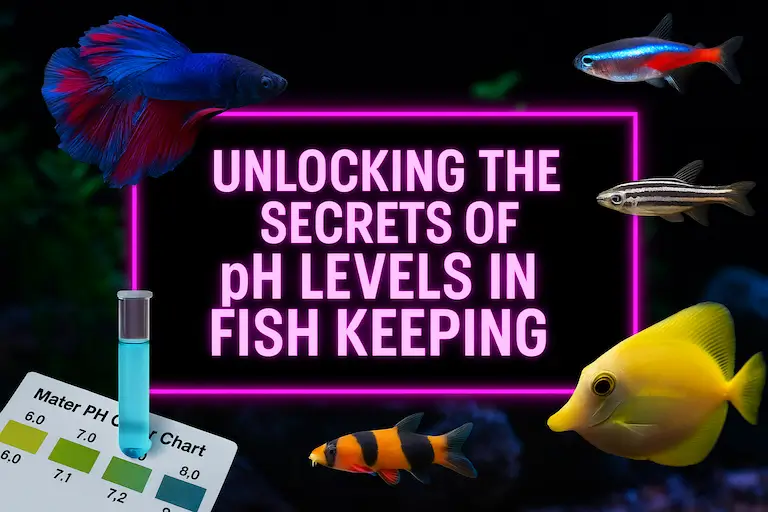6 Copperband Butterflyfish Requirements you need to know!
Your Need to Know Care Guide
The Copperband Butterflyfish (Chelmon rostratus) is a striking addition to any marine aquarium, celebrated for its elegant appearance and distinctive, elongated snout. However, as captivating as this species is, there are nuances to its care that many aquarists wish they had known before making the decision to bring one home. Here’s the ultimate care guide, highlighting six crucial insights and a bonus tip that can help you provide the best environment for your Copperband Butterflyfish.
1. They Require a Well-Established Tank
One of the first lessons learned by many enthusiasts is the importance of introducing a Copperband Butterflyfish into a well-established aquarium. These fish thrive in mature tanks where natural food sources, such as small crustaceans and worms, are abundant. A newer tank may not provide the necessary sustenance, leading to stress and malnutrition. Ideally, your aquarium should be at least 6 months old, allowing time for these micro-ecosystems to develop.
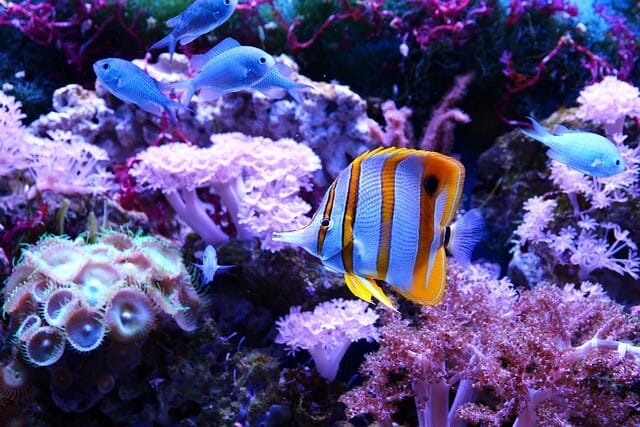
2. Selective Eaters
Copperband Butterflyfish are known for their picky eating habits. They primarily feed on tubeworms, small crustaceans, and mollusks in the wild. Mimicking this diet in captivity can be challenging. It’s essential to offer a variety of foods, including live and frozen fare such as brine shrimp, mysis shrimp, and specialised marine foods, to encourage feeding. Patience and experimentation with different types of food are key to finding what your specific fish prefers.
3. They’re Peaceful but Territorial
While Copperband Butterflyfish are generally peaceful, they can become territorial towards other butterflyfish, especially in smaller tanks. This behaviour underscores the importance of a spacious aquarium, allowing for adequate territory and reducing competition for food. A minimum tank size of 75 gallons is recommended, with thoughtful consideration of tank mates to prevent aggressive interactions.
4. Difficulty in Acclimation
Acclimating a Copperband Butterflyfish to a new environment can be a delicate process. These fish are often stressed by changes in their surroundings, making them more susceptible to diseases such as ich. Slow and careful acclimation is crucial to help reduce stress levels. Additionally, a quarantine period before introducing them to the main tank can help identify and treat any potential health issues without risking the wellbeing of your existing aquarium inhabitants.
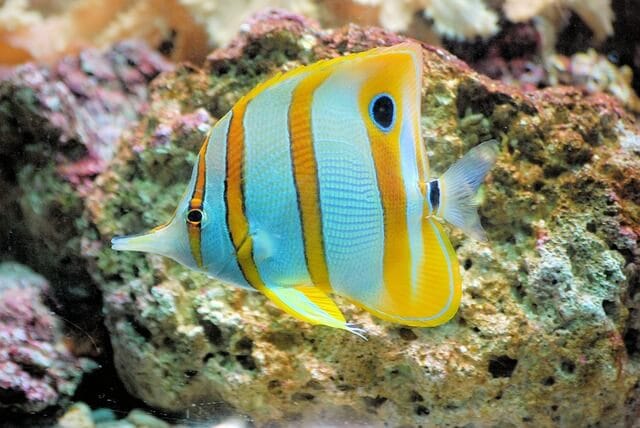
5. High Sensitivity to Water Quality
Butterflyfish are extremely sensitive to changes in water quality. Parameters such as temperature, pH, ammonia, nitrite, and nitrate levels must be closely monitored and maintained within specific ranges. Regular water changes, proper filtration, and avoiding overcrowding can help maintain optimal water conditions. Ignoring these factors can lead to stress, disease, and ultimately, the demise of your fish.
Related Articles:
- Battling Aiptasia Anemones: The Unwanted Guests of Marine Aquarium
- Peppermint Shrimp: The Aiptasia Annihilators
- Majano Anemones: A Guide to Understanding and Managing an Invasive Reef Aquarium Pest
- What Are Copepods? Understanding These Tiny Titans of the Reef Aquarium
6. Contribution to Coral Reef Health
Beyond their beauty, Copperband Butterflyfish play a beneficial role in controlling Aiptasia, a type of pest anemone that can overrun coral reefs in aquariums. Their natural predilection for such pests can help maintain the balance and health of your reef tank. However, relying on them solely for pest control should be avoided; their diet should be well-rounded to ensure proper nutrition.
Bonus Tip: Regular Addition of Live Copepods
An often overlooked yet crucial aspect of caring for a Copperband Butterflyfish is catering to their constant grazing habit. Adding live copepods regularly to the aquarium can significantly benefit these fish, as it simulates their natural feeding behaviour and provides them with essential nutrients. Copepods not only offer a sustainable food source but also encourage natural foraging behavior, contributing to the overall well-being and happiness of your Copperband Butterflyfish.


